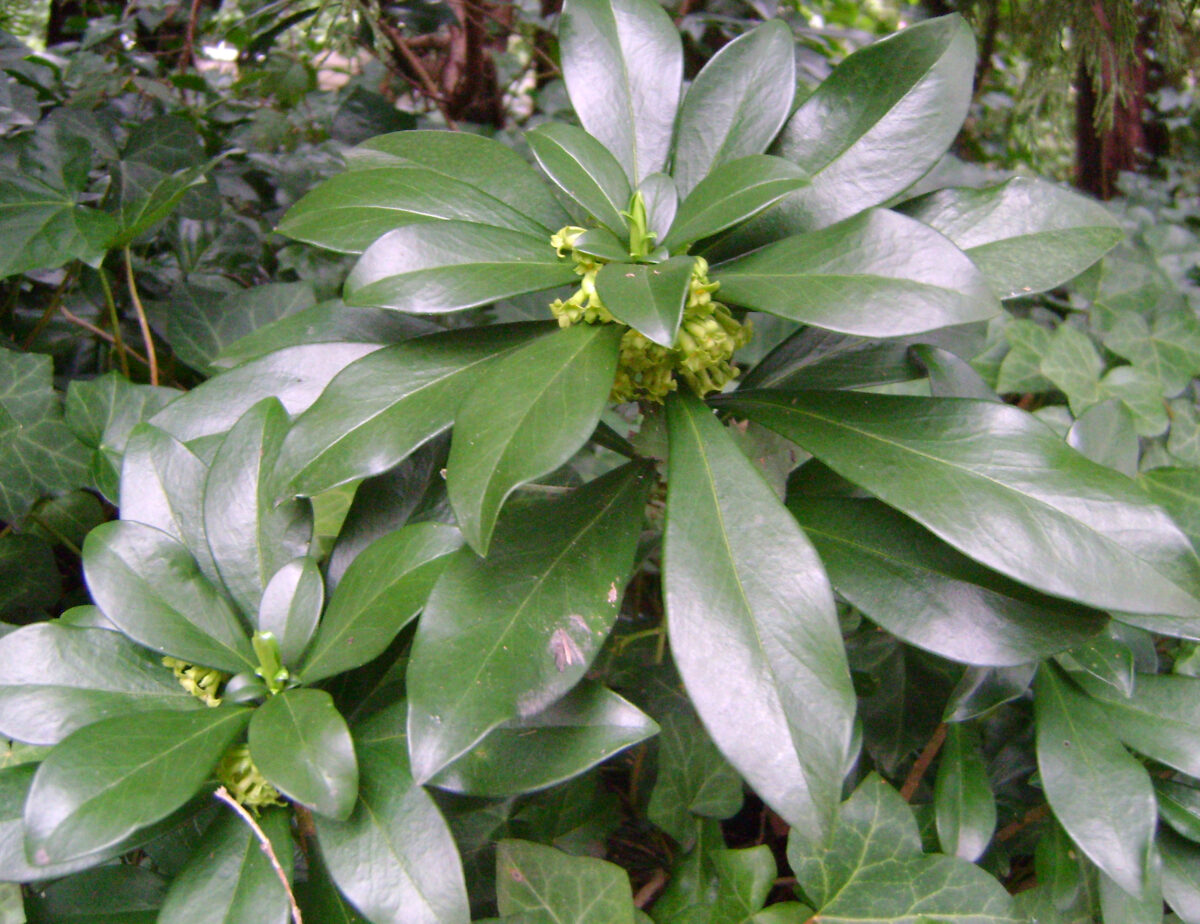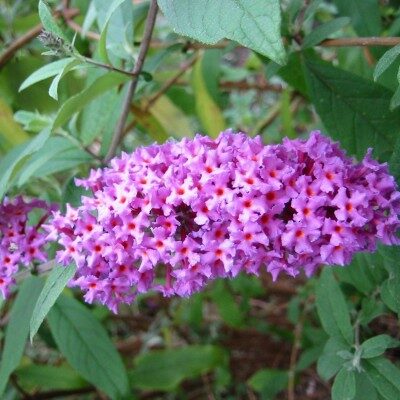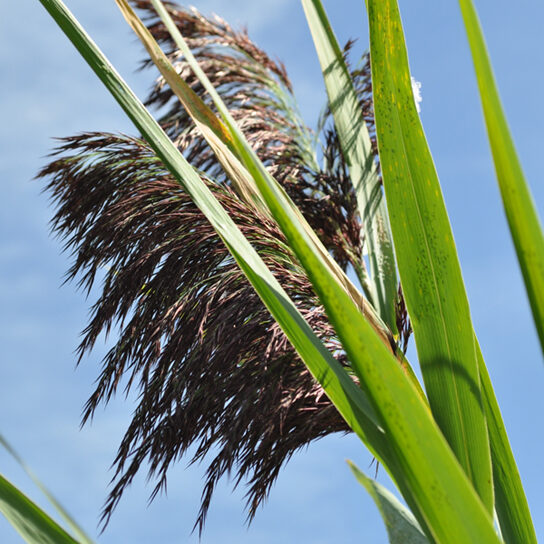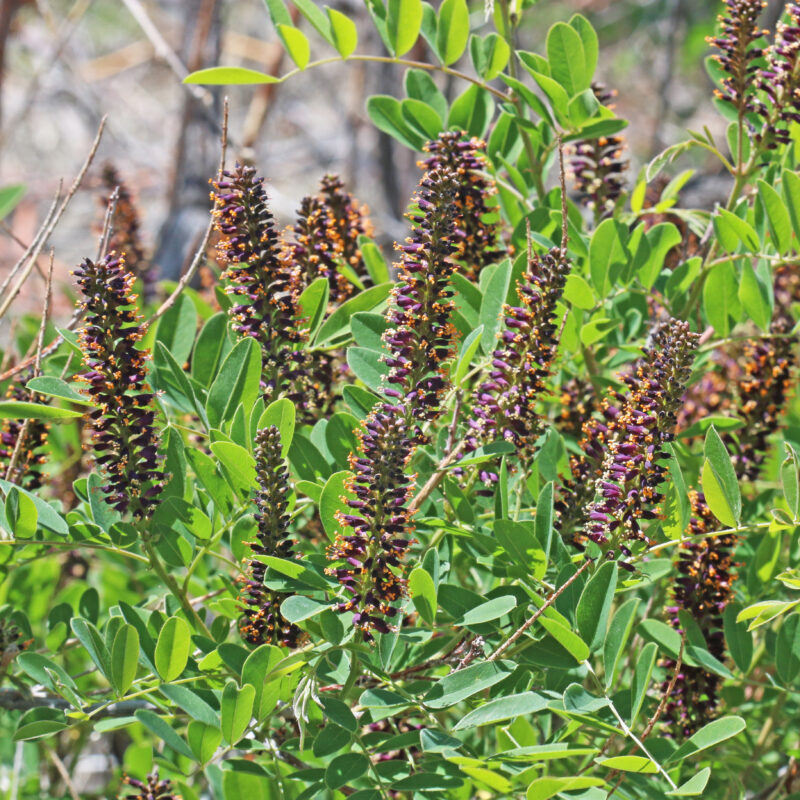Spurge laurel is a slow-growing, shade-tolerant, evergreen shrub from Europe and the Mediterranean. Spurge laurel (Daphne laureola) likes part shade and well-drained soil. The plant is found in isolated clumps and grows 2-4′ tall.
It resembles a rhododendron and thus is sometimes not recognized early when it is easier to remove. The leaves are thick and shiny dark green and are densely whorled near the top of the stem. Small light-green flowers with orange stamens appear in late January to late March and are highly fragrant to night moths.
Its berries are spread by birds and rodents, but the plant also spreads by root sprouts. While birds like the berries, they are poisonous to humans, dogs and cats, and handling the plant can cause contact dermatitis. Be sure to wear gloves and cover up when digging them out.
Read more about spurge laurel and other weeds from the 4-County Cooperative Weed Management Area’s fact sheets.
Some native plant alternatives are:
- Evergreen huckleberry
- Tall Oregon grape
- Salal
- Western rhododendron
- Sword fern



